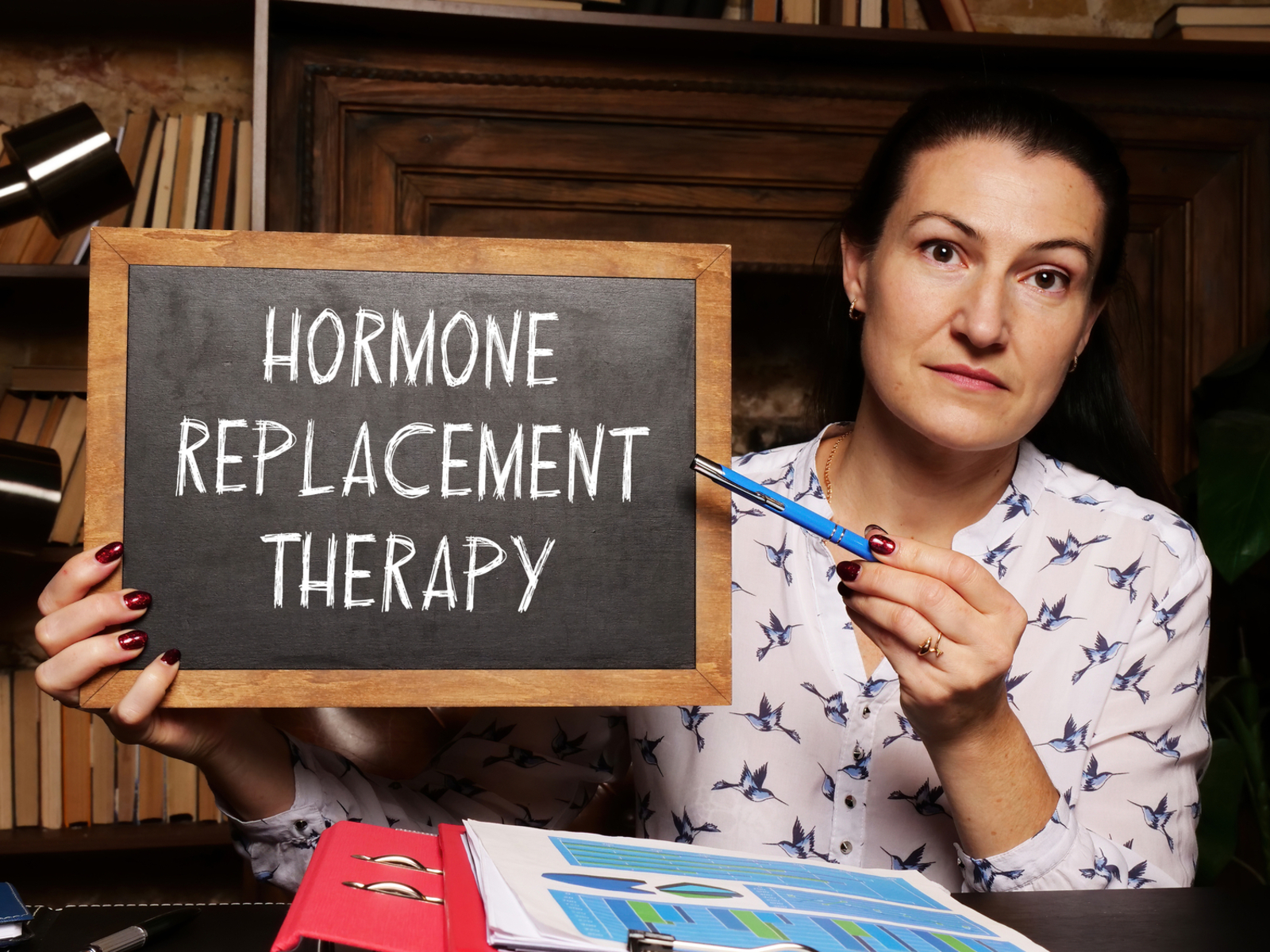
Medical Treatments for Dyspareunia in Menopause
Menopause is a transformative phase in a woman’s life, marked by various physiological changes. Among the myriad challenges that menopausal women may face, dyspareunia, or painful intercourse, can significantly impact their quality of life. Often accompanied by symptoms such as menopause bleeding and heavy menopause bleeding, dyspareunia demands tailored medical interventions to alleviate discomfort and restore intimacy. In this comprehensive guide, we delve into various medical treatments specifically designed to address dyspareunia during menopause.
1. Hormone replacement therapy (HRT)
Hormone imbalances during menopause can contribute to vaginal dryness and thinning of the vaginal walls, leading to painful intercourse. Hormone Replacement Therapy (HRT) involves the use of estrogen and sometimes progestin to restore hormonal balance. This approach helps rejuvenate vaginal tissues, alleviating dryness and discomfort, and reducing the risk of menopause bleeding.
2. Topical estrogen creams
For women who prefer localized treatment, topical estrogen creams offer a targeted approach to alleviate dyspareunia symptoms. Applied directly to the vaginal area, these creams promote the regeneration of vaginal tissues, improving elasticity and reducing pain during intercourse. Topical estrogen also plays a crucial role in preventing or minimizing menopause-related bleeding.
3. Vaginal moisturizers
Non-hormonal vaginal moisturizers provide a lubricating effect, helping to relieve dryness and discomfort associated with dyspareunia. Regular use of these moisturizers can enhance vaginal elasticity and reduce friction during intercourse, promoting a more comfortable and enjoyable experience.
4. Pelvic floor physical therapy
Dyspareunia is often linked to pelvic floor muscle tension or weakness. Pelvic floor physical therapy involves exercises and techniques to strengthen or relax these muscles, addressing underlying issues contributing to painful intercourse. This holistic approach can significantly improve sexual function and reduce discomfort without resorting to hormonal interventions.
5. Selective estrogen receptor modulators (SERMs)
SERMs, such as ospemifene, are medications designed to mimic the effects of estrogen in specific tissues. Ospemifene, in particular, is FDA-approved to treat dyspareunia by increasing vaginal lubrication and reducing pain during intercourse. It offers an alternative for women who may not be suitable candidates for traditional HRT.
6. Laser therapy
In recent years, laser therapy has gained popularity as a non-invasive option for addressing vaginal atrophy and dyspareunia. Fractional CO2 laser treatment stimulates collagen production in the vaginal tissues, improving elasticity and reducing discomfort during intercourse. This option provides a safe and effective alternative for women seeking non-hormonal interventions.
7. Psychological counseling
The impact of dyspareunia extends beyond the physical realm, often affecting a woman’s mental and emotional well-being. Psychological counseling, including cognitive-behavioral therapy (CBT) and sex therapy, can help address any emotional barriers or concerns related to intimacy. This holistic approach complements medical treatments and promotes overall sexual well-being.
8. Over-the-counter lubricants
Simple yet effective, over-the-counter lubricants can provide immediate relief from vaginal dryness, reducing friction and discomfort during intercourse. While not a long-term solution, lubricants offer a convenient and accessible option for managing symptoms of dyspareunia.
Navigating the challenges of dyspareunia during menopause requires a tailored approach that considers individual preferences and health needs. From hormonal interventions like Hormone Replacement Therapy to non-hormonal options such as laser therapy and pelvic floor physical therapy, women have a range of medical treatments to choose from. By addressing the root causes of dyspareunia, these interventions not only alleviate pain but also contribute to a healthier and more satisfying menopausal journey.



